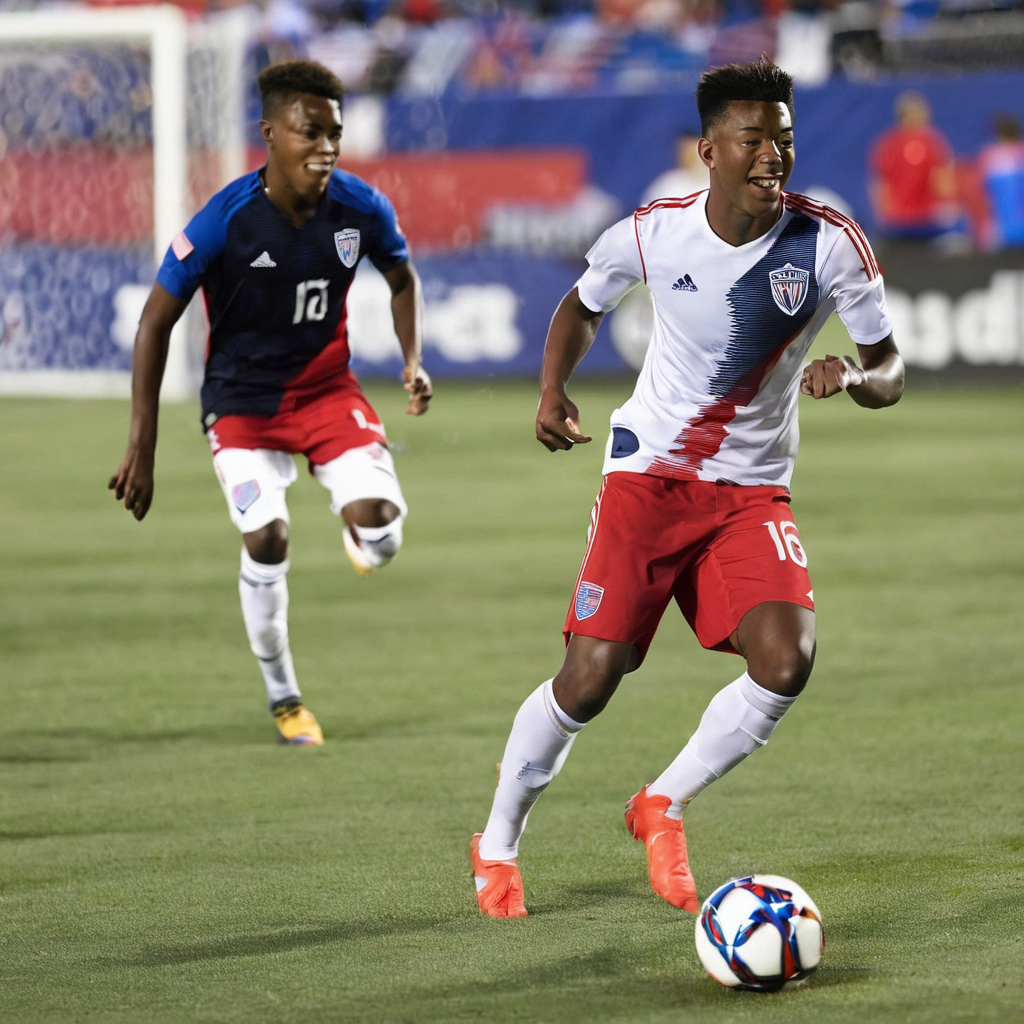MLS Youth Power: 16 Players Headline US U-20 World Cup Roster – A Deep Dive
MLS Youth Power: 16 Players Headline US U-20 World Cup Roster – A Deep Dive
The future of American soccer looks bright, and a significant portion of that promise is cultivated within Major League Soccer (MLS) academies. Head coach Marko Mitrović’s recent announcement of the US U-20 Men’s National Team roster for the 2025 FIFA U-20 World Cup in Chile underscores this point emphatically. A staggering 16 out of the 21 players selected ply their trade in MLS, showcasing the league’s growing influence and commitment to developing homegrown talent.
This isn’t just a statistic; it’s a testament to the investment MLS clubs have poured into their youth systems. From state-of-the-art training facilities to highly qualified coaching staffs, these academies are designed to nurture young players and prepare them for the rigors of professional soccer, both domestically and internationally. The presence of so many MLS players on the U-20 roster speaks volumes about the success of this investment.
But what does this mean for the USMNT’s chances in the U-20 World Cup? Having a core group of players already familiar with each other’s styles of play and training methodologies offers a distinct advantage. These players have been battling it out in MLS Next Pro, MLS, and various youth tournaments, building camaraderie and understanding that can translate into on-field cohesion. This existing chemistry can be crucial when facing unfamiliar opponents in a high-pressure tournament environment.
Furthermore, the MLS contingent brings a level of professionalism and game experience that might be lacking in players developed elsewhere. They’ve faced senior professionals, dealt with demanding schedules, and learned to navigate the tactical complexities of MLS. This experience is invaluable as they step onto the world stage.
However, reliance on MLS talent also presents potential challenges. Critics might argue that exposure to diverse playing styles and international competition is essential for a well-rounded development. It’s important to remember that the remaining five players on the roster likely bring valuable perspectives from different environments. The key for Mitrović will be integrating these different experiences into a cohesive and effective team.
Ultimately, the composition of the US U-20 roster reflects the evolving landscape of American soccer. MLS is no longer just a destination for aging European stars; it’s a fertile ground for cultivating the next generation of USMNT players. The 2025 U-20 World Cup will be a crucial test of this strategy, and a chance for these young MLS stars to shine on the global stage.

